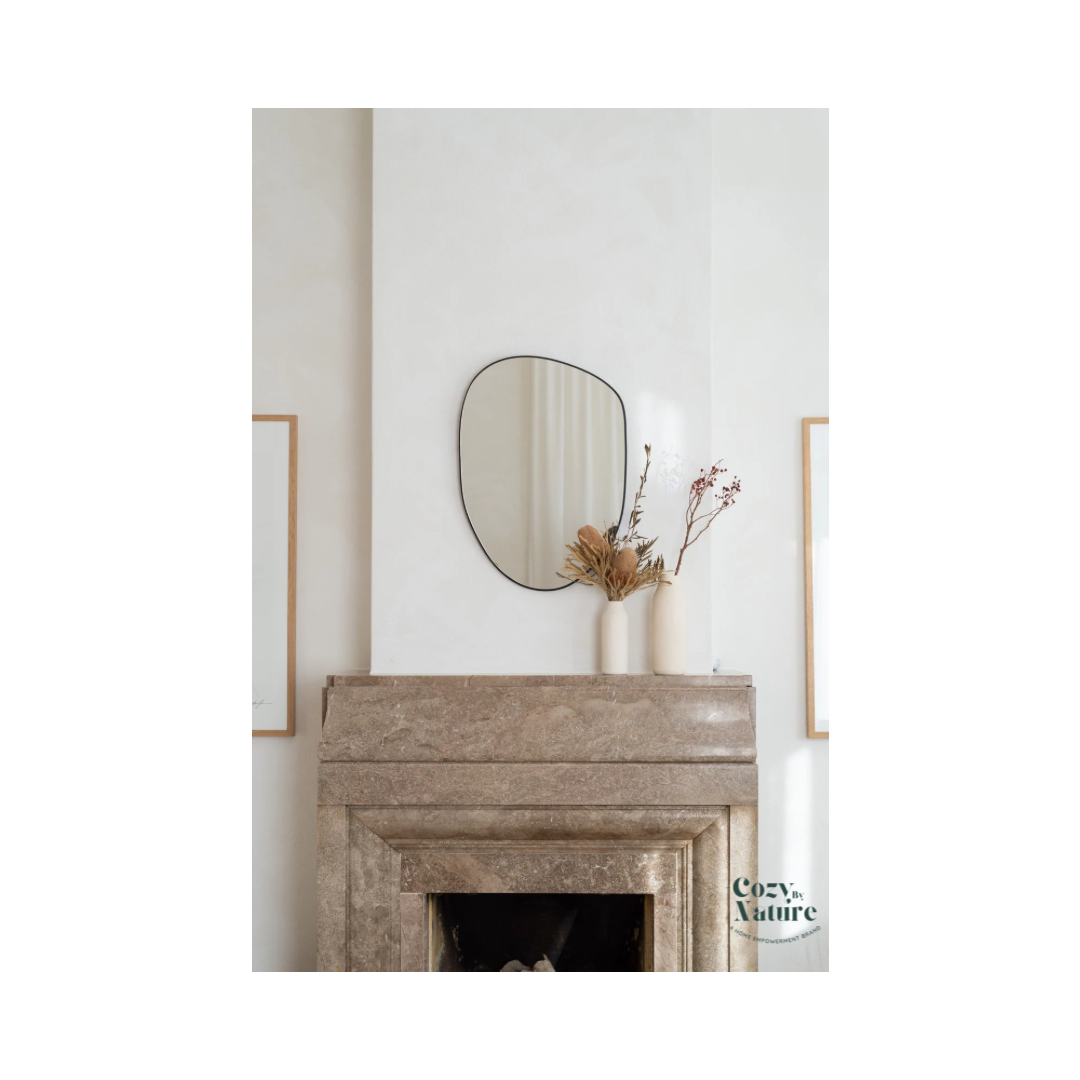Creating Balance in Your Home: The Key to a Harmonious Space
When it comes to designing a beautiful home, balance is a fundamental principle that should never be overlooked. It isn’t just about symmetry or making everything match; it's about creating a visual and emotional equilibrium that makes a space feel inviting and functional. Our eyes are naturally drawn to balanced spaces because they provide a sense of stability and comfort, making balance essential for both aesthetic appeal and emotional well-being. Whether you're redecorating a living room or sprucing up a bedroom, prioritizing balance can transform your home into a serene sanctuary.
To achieve balance in a room, start by considering the layout and distribution of furniture. A common tip is to divide the room visually into sections and ensure each area feels equally weighted. For example, in a living room, you might place a large sofa on one side and balance it with a cluster of armchairs or a bookshelf on the opposite side. If one side of the room feels heavier, your eyes—and the overall energy of the space—will feel off-kilter. Remember to vary the heights of your decor pieces, such as using a tall plant to counterbalance a low coffee table, creating vertical and horizontal harmony.
Color and texture also play vital roles in achieving balance. Incorporating contrasting elements, like pairing a soft, plush rug with sleek metal accents, adds interest without overwhelming the space. When working with color, aim for a cohesive palette, but distribute hues evenly throughout the room. For instance, if you have a bold-colored chair, echo that shade in smaller accents like throw pillows or artwork on the opposite side of the room. This ensures the eye naturally moves around the space, creating a sense of flow and continuity.
Lighting is another crucial aspect of balance that often goes unnoticed. Layered lighting—using a mix of ambient, task, and accent lighting—ensures that every corner of a room is well-lit and functional. Strategically placing lamps, sconces, or pendant lights can also guide the eye and highlight focal points. Avoid clustering all your light sources in one area, as this can create visual imbalance and detract from the room's overall harmony. Even natural light can be balanced by using mirrors to reflect and distribute sunlight across the room.
Ultimately, balance is about creating a space that feels whole and intentional. A well-balanced room isn’t just visually appealing; it fosters a sense of calm and order, making it a joy to live in. By paying attention to layout, color, texture, and lighting, you can ensure every room in your home is not only beautiful but also functional and inviting. Remember, balance is not about perfection but about creating a space where every element works together in harmony. Don't overlook this crucial design principle—it’s the key to a truly comfortable and inspiring home.

